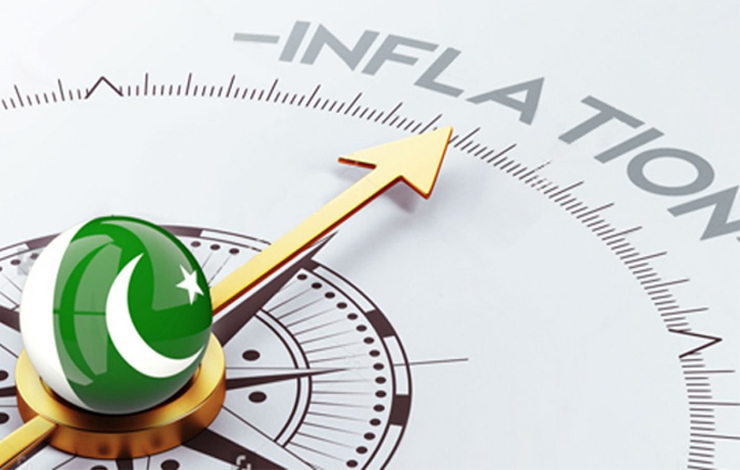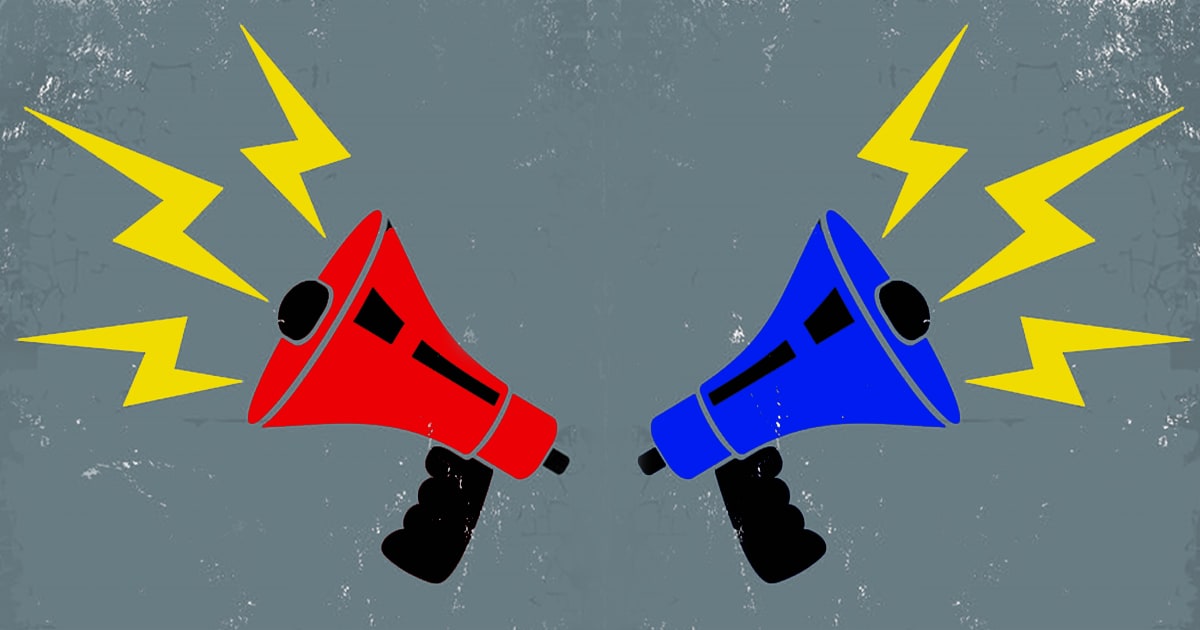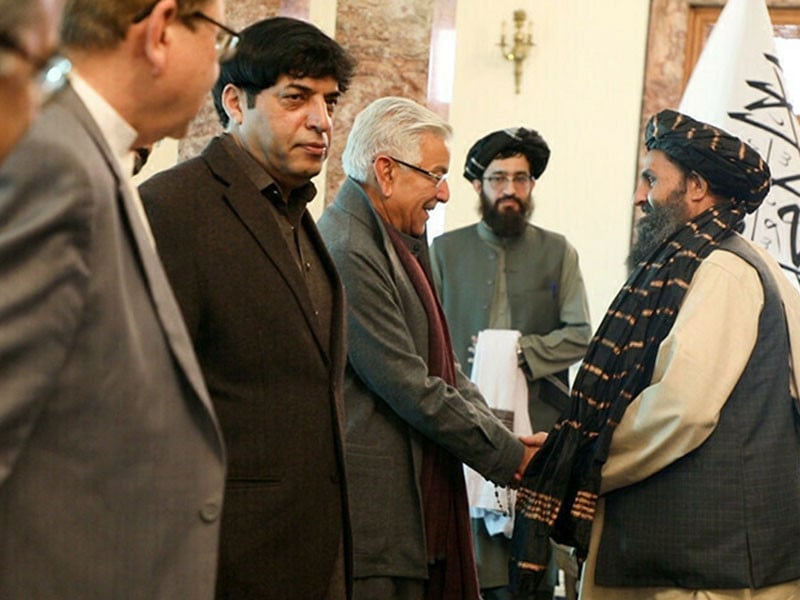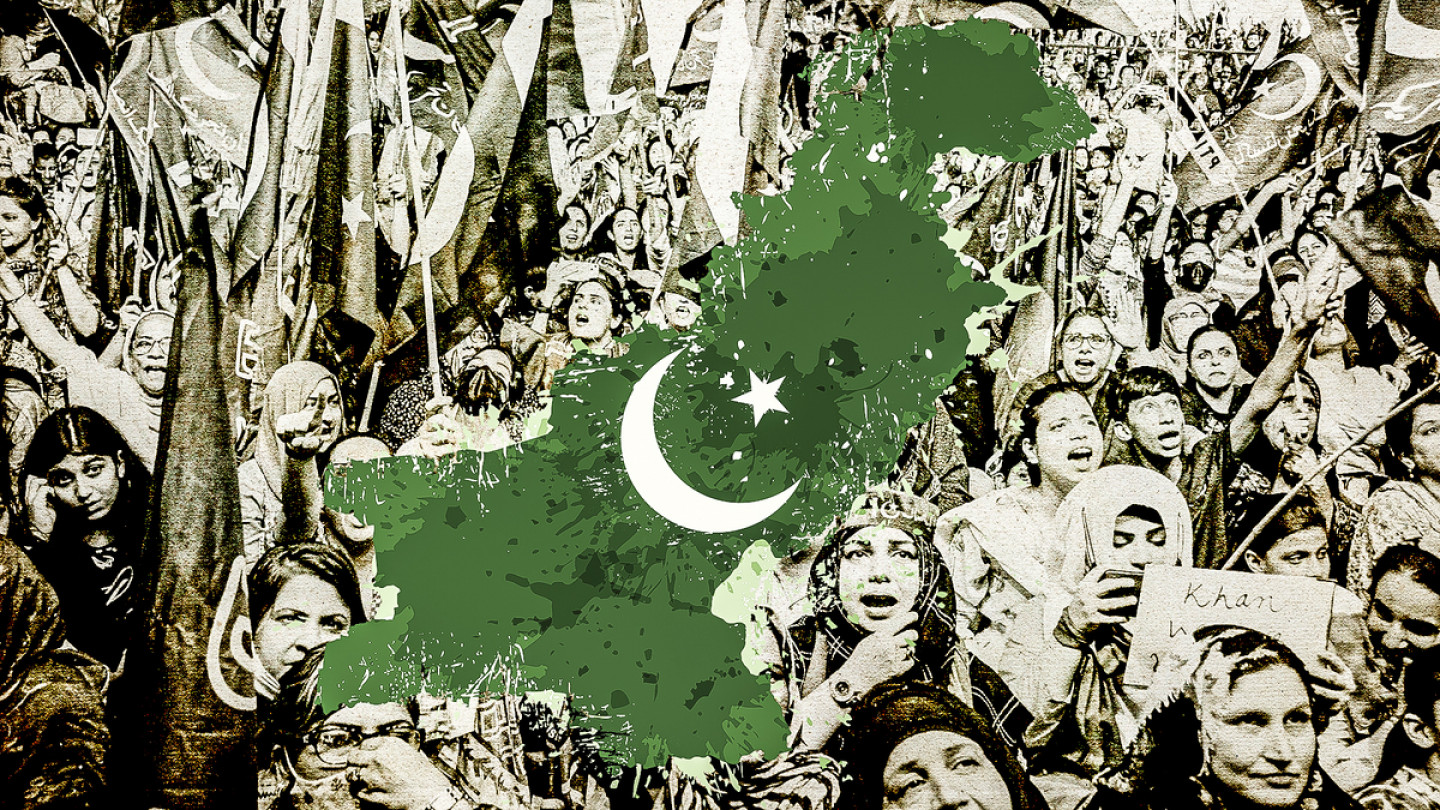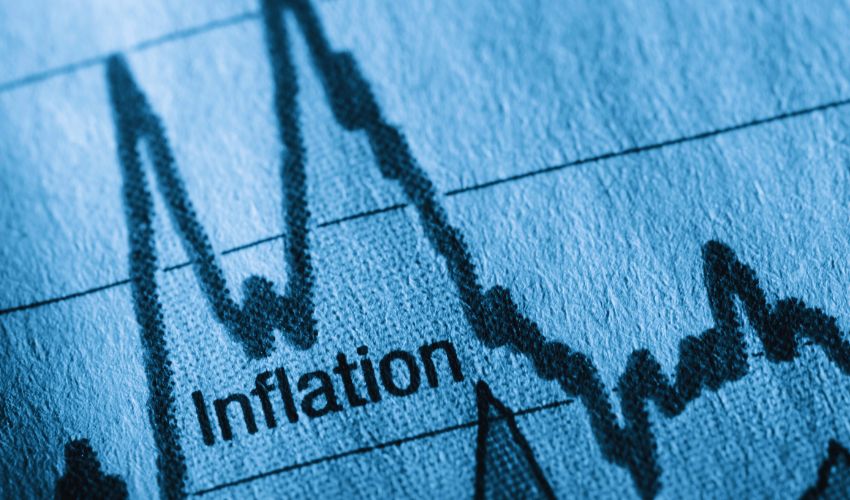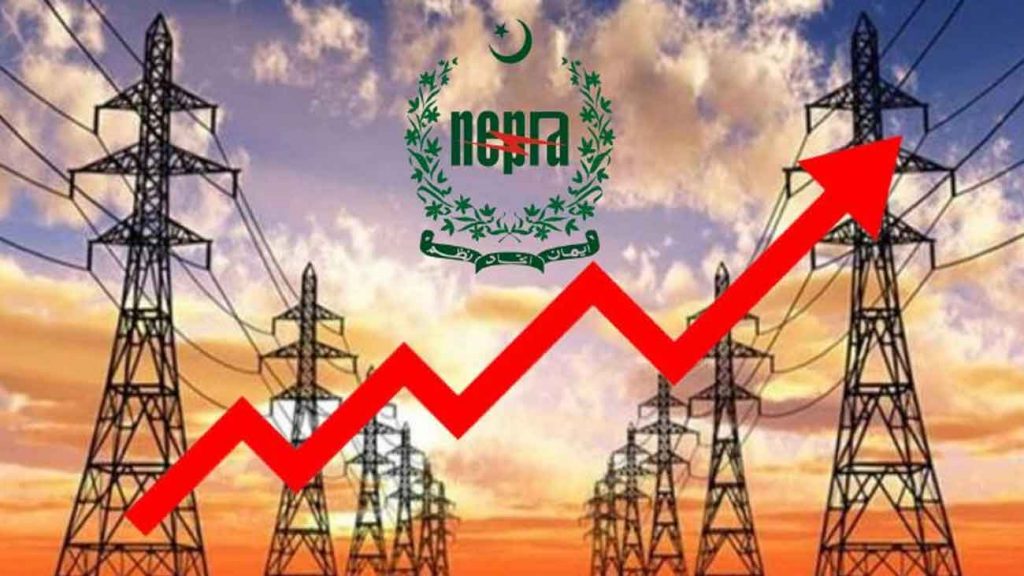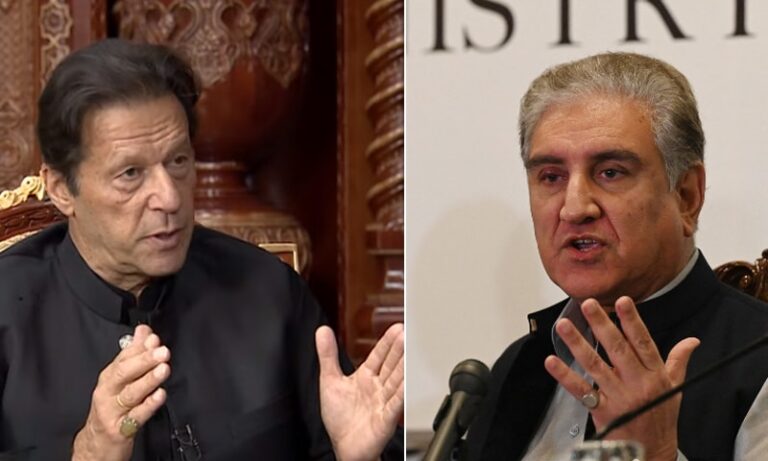Editorial
Federal Finance Minister Muhammad Aurangzeb, in his address to a think-tank in Washington, DC, made a significant announcement. He revealed that inflation, which was at a high of 38 per cent during the tenure of the then finance minister Ishaq Dar, has now been successfully reduced to 20 per cent. This substantial decrease is a clear testament to the effectiveness of the contractionary monetary and fiscal policies, guided by the International Monetary Fund (IMF). However, the anticipated fiscal reforms aimed at taxing the rich/elite have yet to yield the desired results.
Independent economists claim that the CPI is understated by between 2 to 3 percentage points. This claim is backed by the fact that the statistics-gathering machinery, notably the Pakistan Bureau of Statistics (PBS), opts to take the lowest subsidized utility rate applicable to the vulnerable and poor rather than an average rate. The price of essential consumer items is available only at the subsidized Utility Stores and not in the open market.
Despite the decline in inflation, the general public’s reaction has not been favourable for two reasons. Firstly, to check inflation, the government would need to reduce the budget deficit, not by borrowing domestically or from abroad and injecting the money right back as current expenditure into the economy, a highly inflationary policy, but by curtailing the non-development expenditure components.
Secondly, the rise in the price of petrol effective 16 April by 4.53 rupees per litre and 8.14 rupees per litre on diesel will significantly raise households’ transport costs, regardless of whether they have their own transport or use public transport.
The CPI gives transport 5.91 per cent weightage, though low-income households may spend much more of their income on transport. Recent surveys show that households may sacrifice education expenses for increased transport costs.
The recent decision by the Punjab government, led by Maryam Nawaz, to maintain the support price of wheat at the same rate as last year, despite the evident inflationary pressures, has raised concerns. The government’s announcement to halve its wheat procurement compared to last year could lead to significant changes in the market. While these measures are expected to reduce the price of roti/naan by a little over 4 rupees, they also pose a real risk of market distortions, a situation that has been problematic in the past.
In addition, the farmers have given the Punjab government an ultimatum of two days, starting from Monday, threatening province-wide protests until and unless measures are taken to ensure that their input costs are met.
The federal government is currently seeking the next IMF package. It needs more leverage in either extending a subsidy to low-income people or allowing a provincial government to extend a subsidy. The leverage to extend subsidies is no longer available to the federal or provincial governments, given the ongoing economic impasse, which continues to hit the poor more than the rich.
Please, subscribe to the YouTube channel of republicpolicy.com



































